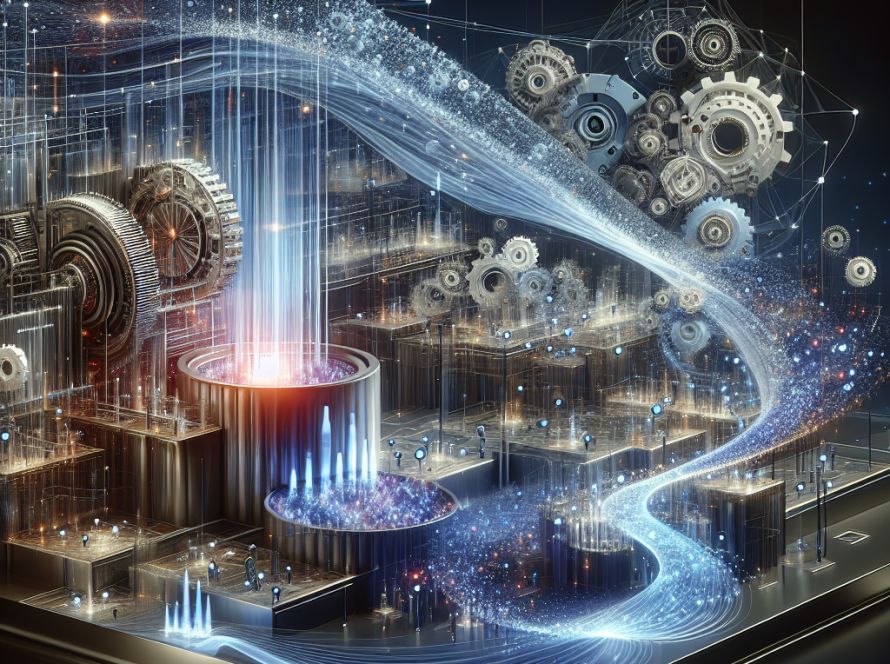In its latest GTC event, NVIDIA divulged a range of pioneering hardware, powerful computing platforms, and innovative simulation engines that are targeted towards fast-tracking the development of generative AI and robotics. At the event, the organization’s founder and CEO, Jensen Huang, revealed a selection of new products that NVIDIA will supply to future AI solution developers. Huang emphasized that standard computing has reached its peak, making another mode of computing necessary for sustained scalability, decreased computing costs and enhanced consumption.
To facilitate this transformation, Huang introduced new hardware and software solutions including the Blackwell GPU and computing platform, the NVIDIA DGX SuperPOD supercomputer, NIM microservices, Omniverse, and Isaac Perceptor software and Project GR00T.
The Blackwell GPU is a huge leap forward, regarded as “the largest chip physically possible” containing 104 billion transistors. Its NVLink interconnect links these GPUs, doubling its predecessor’s speed and enabling 576 Blackwell GPUs interconnection. Adding two Blackwell GPUs and a Grace CPU produces the Grace Blackwell Superchip, providing the basis for NVIDIA’s GB200 NVL2 racks, producing exaflop computing in a single rack.
In the newly announced NVIDIA DGX SuperPOD, the organization has connected several of these units to create an AI supercomputer delivering 11.5 exaflops of AI supercomputing. NVIDIA has projected that companies like AWS, Google Cloud, Microsoft Azure, and Oracle are expected to be the first ones in line for this new computing hardware.
Shifting the discussion to software, Huang reviewed NVIDIA’s NIM (NVIDIA Inference Microservice), a selection of pre-made containers or microservices. Instead of writing software codes, organizations will be capable of assembling AI models, assigning them roles, and providing examples of work assignments.
The Omniverse, a simulated world engine, was introduced as a virtual learning space for robots to comprehend articulation and interaction with the physical world. Developers can create a digital version of a physical location and optimize automated equipment and robots before deploying them in the actual environment.
Lastly, Huang announced the introduction of new software, the Isaac Perceptor software and Project GR00T, to support robotics developers. These tools, combined with a new computer, Jetson Thor, will enable robots to learn in Omniverse and then be deployed into real-world situations. As the event unfolds, it will be intriguing to witness further revelations from Huang and their potential impact on NVIDIA’s share price.


